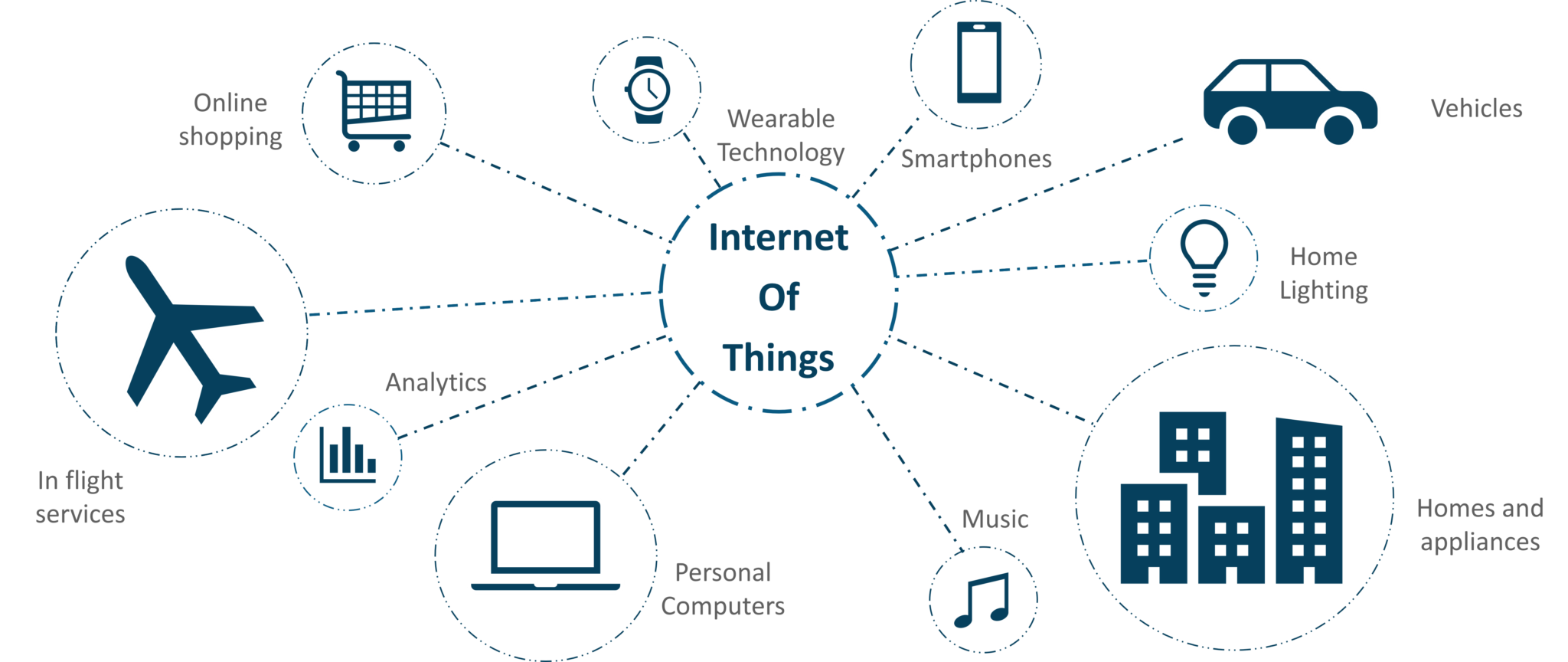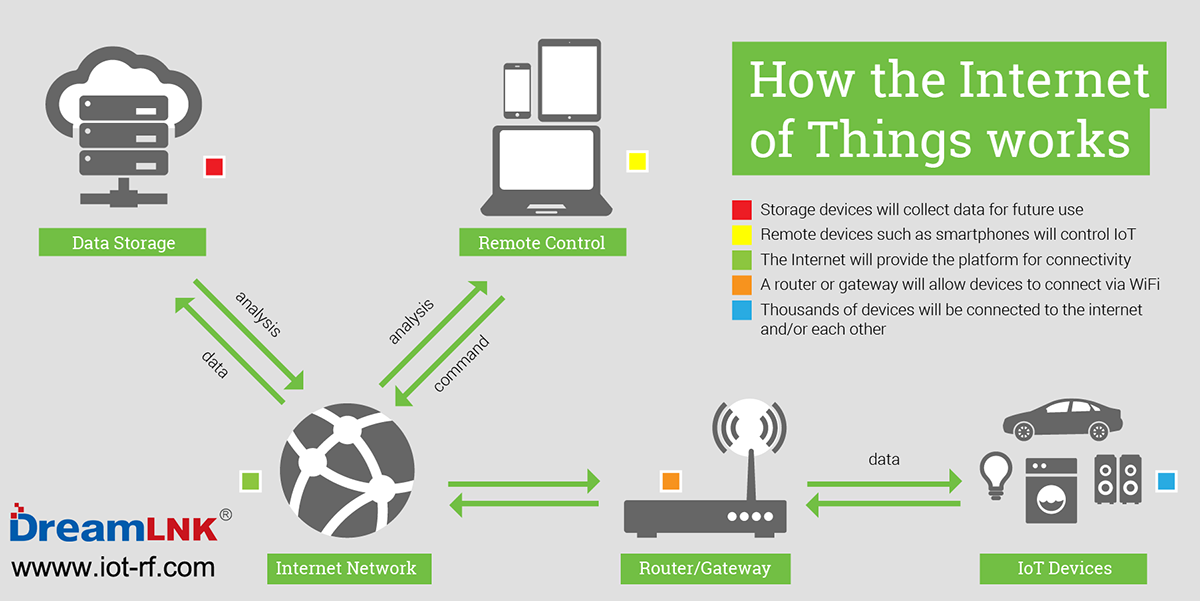explain internet of things (iot) with example
Listen up y’all, we need to talk about the Internet of Things (IoT). It’s a term that’s been thrown around a lot lately, and some of y’all might not know exactly what it means. But don’t worry, I’m here to break it down for you.
What is IoT?
So, let’s start with the basics. IoT stands for the Internet of Things, which refers to a network of physical objects that are connected to the internet and can communicate with each other. These objects can be anything from smart appliances and wearable devices, to industrial machines and even entire cars.

Abstract
The Internet of Things (IoT) is changing the way we interact with the world around us. From smart homes to connected cars, IoT devices are becoming more and more prevalent in our daily lives. But what exactly is IoT, and how does it work?
In this post, we’ll explore the history of IoT, learn how it works, and discuss some of the most exciting IoT applications out there. So buckle up and get ready to dive into the world of IoT!
History of IoT
Believe it or not, IoT has been around for longer than you might think. The first device that could be considered an IoT device was a Coca-Cola vending machine that was connected to the internet way back in 1982.
But it wasn’t until the early 2000s when IoT really started to take off. Advances in wireless technology and miniaturization made it possible to connect everyday objects to the internet and create a network of smart devices.
Since then, IoT has only continued to grow. In 2019 alone, it was estimated that there were over 26 billion IoT devices in use around the world.
How IoT Works
Now that we know what IoT is and where it came from, let’s talk about how it actually works.

Introduction
At its core, IoT is all about connecting devices to the internet so that they can communicate with each other and with us. But there’s a lot more to it than just that.
The basic components of an IoT system include:
- Sensors or other data collection devices that gather information about the environment
- A network of connected devices that can send and receive data
- The cloud, which stores and processes the data, and provides access to it from anywhere
- An interface for users to interact with the system
Data Collection
Let’s start with the sensors or data collection devices. These can be anything from temperature sensors and motion detectors, to cameras and microphones.
These sensors collect data about the environment or object they are attached to, and then send that data to the other devices in the IoT system. For example, a temperature sensor might be attached to a refrigerator to ensure that it stays at the optimal temperature.
Nework of Devices
Once the data has been collected, it needs to be sent to the other devices in the IoT system. This is where the network of connected devices comes in.
These devices can be connected either locally (using Wi-Fi or Bluetooth, for example), or over a larger network like the internet. Each device in the network has a unique identifier, which allows it to send and receive data from other devices in the network.
The Cloud
All this data needs to be stored somewhere, and that somewhere is the cloud. The cloud refers to a network of remote servers that store and process data, and provide access to it from anywhere.
The cloud also provides additional computing power and resources that can be used to analyze the data and extract insights from it. This is often referred to as “big data” analysis.
User Interface
Finally, there needs to be a way for users to interact with the IoT system. This can be through a mobile or web application, or even through voice commands or gestures.
The user interface allows users to control and monitor the connected devices, as well as access the data that has been collected and analyzed by the system.
Content
So, what can we actually do with all this IoT technology? The possibilities are almost endless, but let’s take a look at some of the most exciting applications of IoT.
Smart Homes
One of the most popular applications of IoT is in the world of smart homes. Smart home devices allow homeowners to control and automate various aspects of their homes, from lighting and temperature, to security and entertainment.
For example, smart thermostats can learn your habits and automatically adjust the temperature based on when you’re home and when you’re not. Smart lighting can be controlled with your voice, or even programmed to turn on and off automatically when you enter or leave a room.
And with smart security systems, you can monitor your home even when you’re away, and receive alerts if anything out of the ordinary happens.
Smart Cities
But it’s not just our homes that are getting smarter – entire cities are starting to embrace IoT technology as well.
Smart cities use IoT devices to monitor and optimize everything from traffic patterns and streetlights, to waste management and energy usage.
For example, smart traffic lights can adjust their timing in real-time based on traffic flow, to help reduce congestion and improve safety. Smart waste management systems can monitor trash cans and dumpsters to optimize collection routes and reduce costs.
And with the rise of electric vehicles, smart cities are also exploring ways to better manage and charge EVs through the use of IoT technology.
Industrial IoT
But it’s not just consumers who are benefiting from IoT – businesses and industries are finding new and innovative ways to use IoT technology to streamline operations and increase efficiency.
For example, in manufacturing, IoT devices can be used to monitor and optimize production lines in real-time. Sensors can detect when a machine is about to fail, and automatically order replacement parts to minimize downtime.
In healthcare, IoT devices can be used to monitor patients remotely, and provide real-time updates to healthcare professionals. This can help improve patient outcomes and reduce the need for costly hospitalizations.
Conclusion
As you can see, the Internet of Things is changing the way we interact with the world around us. From smart homes to smart cities, IoT technology is helping us to live more efficiently, and making our lives easier and more convenient.
And with billions of IoT devices already in use around the world, it’s clear that this is a trend that’s only going to continue to grow. So if you haven’t started exploring the world of IoT yet, now is the time to do so.

Source image : www.iot-rf.com
Source image : www.quora.com

Source image : programmerblog.net





